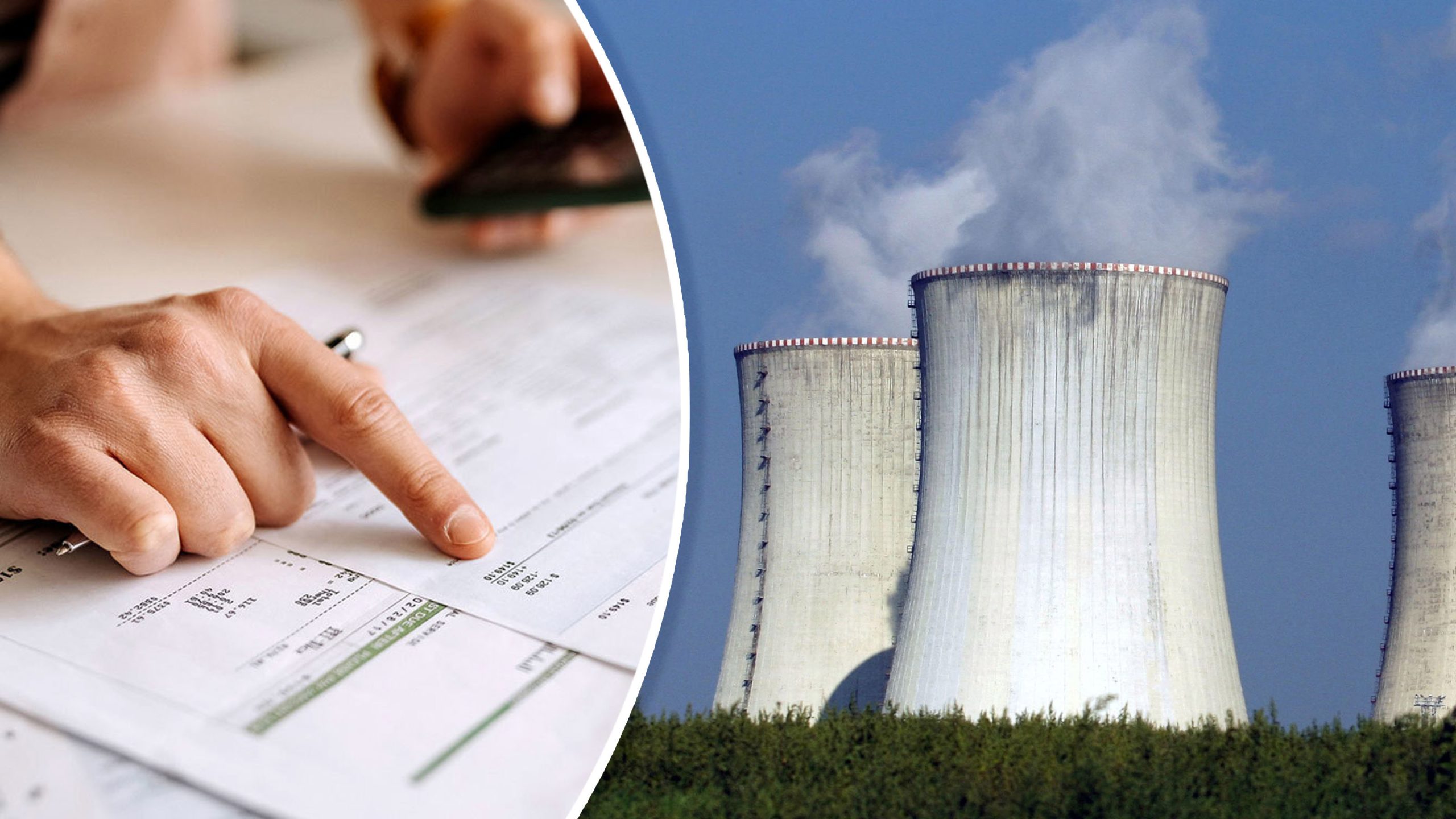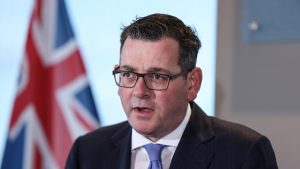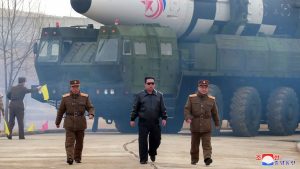
The federal opposition’s plan to build seven nuclear reactors will cost households hundreds of dollars a year in increased energy bills, according to a new report.
The research by global think tank the Institute for Energy Economics and Financial Analysis (IEEFA) examined comparable nuclear projects in other Western nations to determine what impact the plan would have on households’ hip pockets.
It found that, on average, Australians would end up paying $665 more each year on their energy bills in order to cover the costs of establishing the nuclear plants.
READ MORE: This house is on the market for zero dollars – but there’s a catch
Under the worst-case scenario – modelled on the costs incurred in the UK for its Hinkley Point C reactor – that increase would rise to more than $1000 every year for the average household.
The lowest-cost scenario would see prices rise by around $300 a year.
“The cost of electricity generated from nuclear plants would likely be 1.5 to 3.8 times the current cost of electricity generation in eastern Australia,” IEEFA analyst Johanna Bowyer said.
READ MORE: Significant digital data in accused Russian spy case
“For nuclear power plants to be commercially viable without government subsidies and generating 24/7 – as the Coalition proposes – electricity prices would need to rise to these higher levels to allow the nuclear power plants to recover their costs.
“This would result in a large increase in wholesale market prices which would then flow through to household bills.”
Shadow Energy Minister Ted O’Brien hit out at the report, calling it “shallow and flawed”.
“This modelling does not reflect Coalition policy,” he said.
READ MORE: The risky home loan type on the rise as homeowners try to stay afloat
However, the opposition is yet to release costings or any further details since unveiling its nuclear plan three months ago.
O’Brien accused IEEFA of cherry-picking the “worst-case scenario projects” for its analysis, a claim refuted by the researchers.
“We have used a range of optimistic assumptions around nuclear,” co-author Tristan Edis said.
“Further, Australia has very limited nuclear capability, and all examples used were from countries which already have an established nuclear industry.
READ MORE: ‘Referendum’ on energy looming after nuclear announcement
“So Australia could see even higher bills than what our study shows.
“Nuclear is often mistakenly perceived to be a cost-effective technology because it is in widespread use across the globe. Yet most of the plants built in the western world were committed based on projected costs and timeframes that turned out to be horrible underestimates…
“The end result has often been bankruptcy and taxpayer-funded bail-outs for many of the firms involved.”
Opposition Leader Peter Dutton is set to give a speech on Monday detailing some new information about the nuclear plan, but it’s not known if that will include costings for the project.
“We’ll give the costings in due time,” he said on Today this morning.
links to content on ABC
9News





